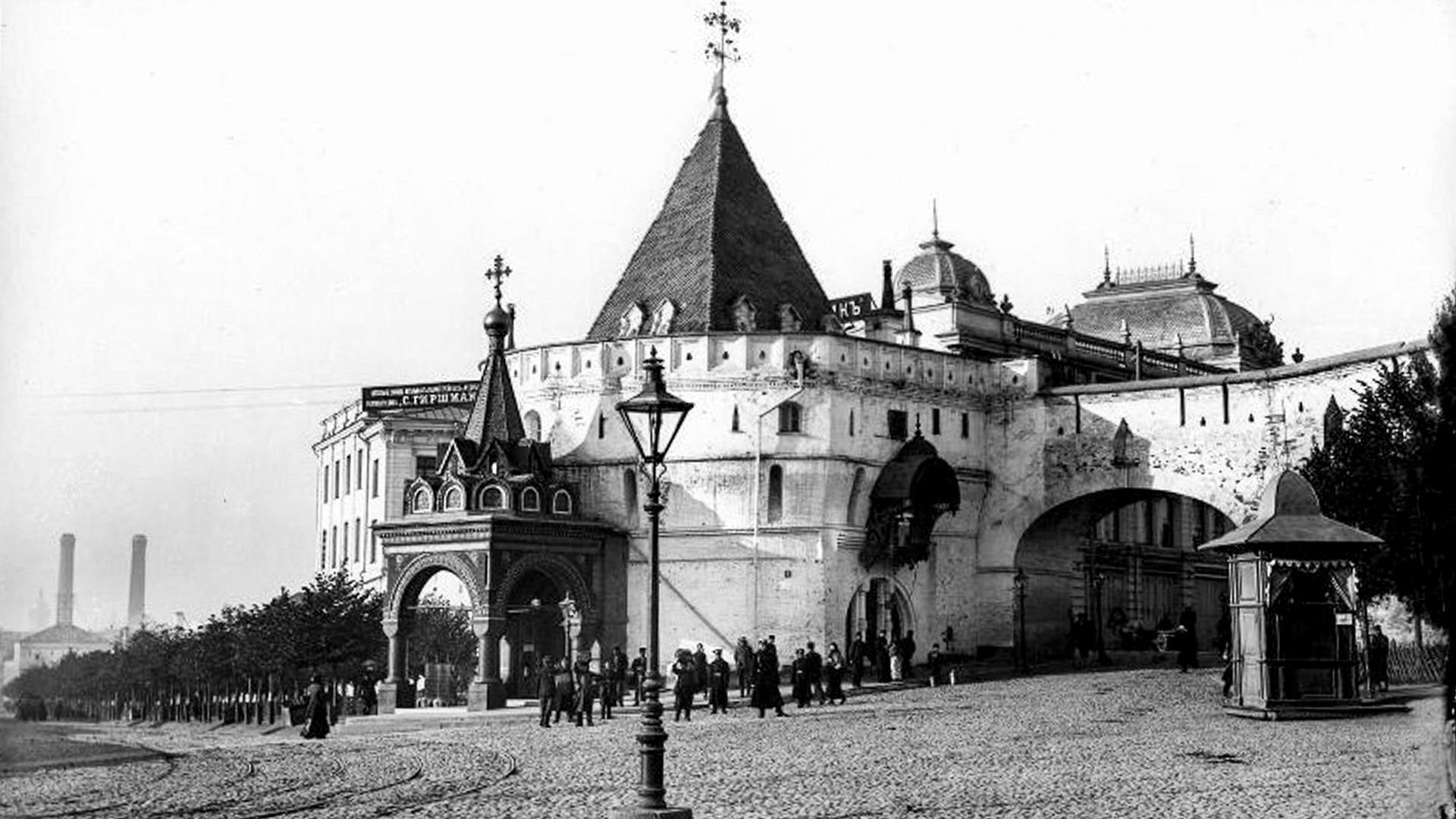
Varvarsky Gates of the Kitay-gorod, Moscow
Peter Pavlov/MAMM/MDF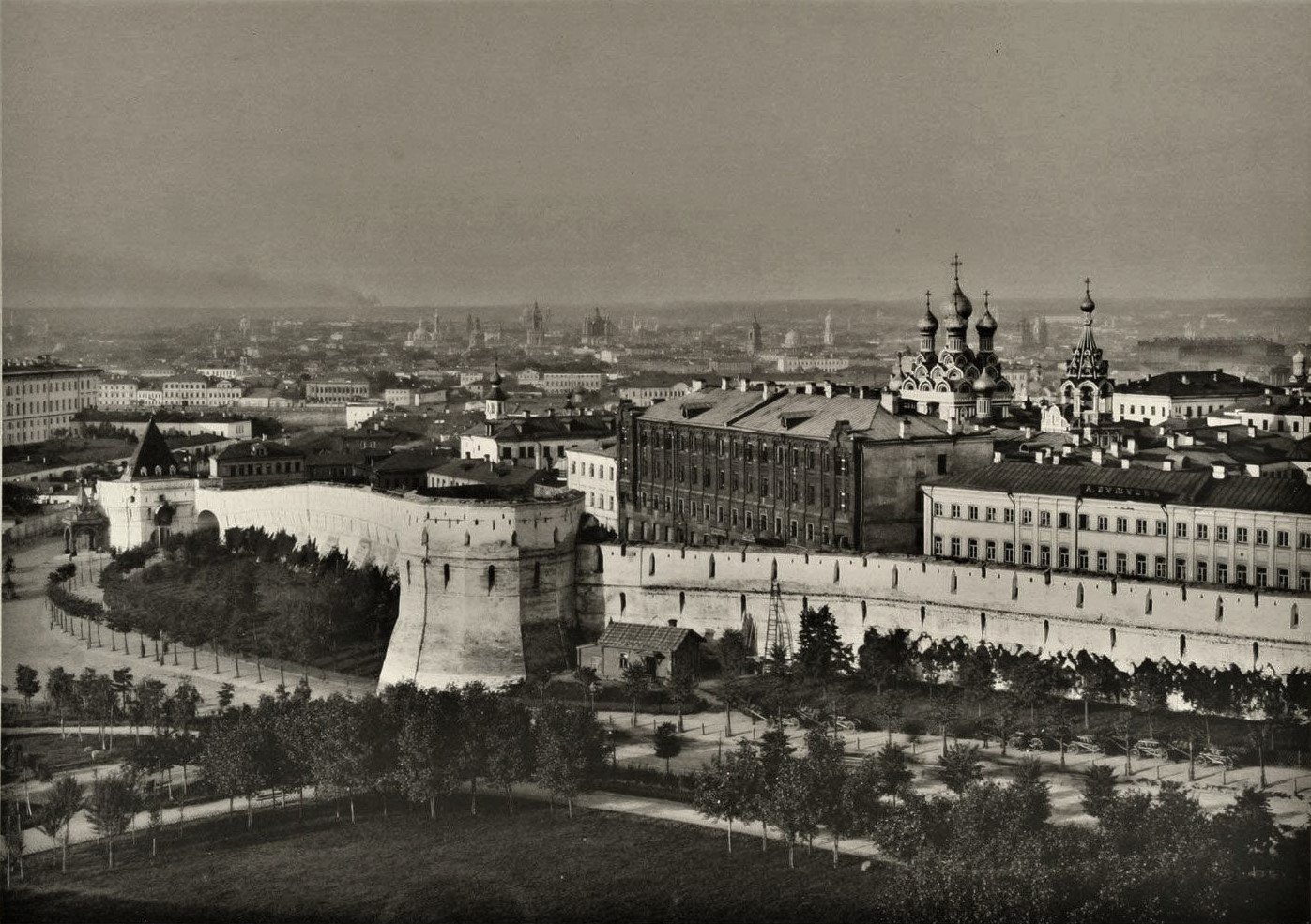
The Kitay-gorod, 1887
Public domainThe Kremlin was not the only fortress in Moscow. In the middle of the 16th century the Russian regent and mother of Ivan the Terrible decided to have another line of defense built around the heart of the capital. The Kitay-gorod wall, 2.5 km (1.5 miles) long, was erected in record time. It was lower but thicker than the Kremlin wall and more suitable for the installation of rampart guns.
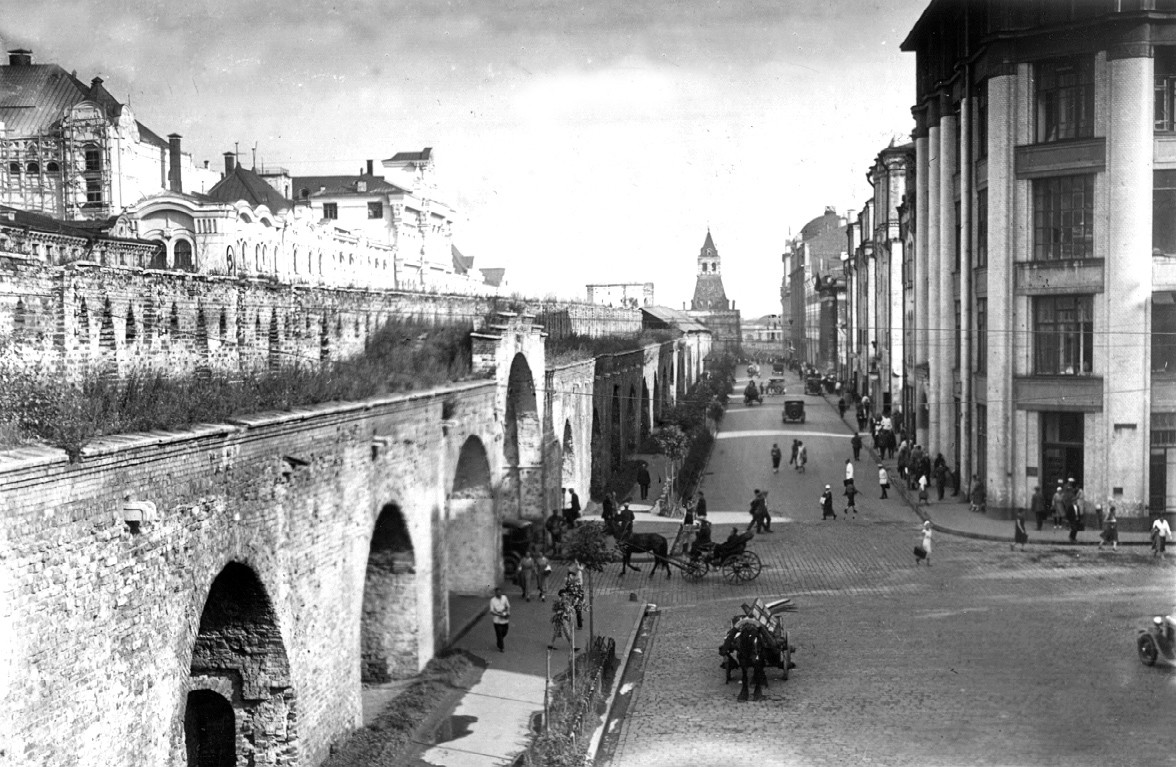
Inside the Kitay-gorod, 1920s
Public domainThe wall proved its worth by withstanding several attacks. However, at the end of the 18th century it lost its significance as a defensive structure. For a long time it remained just a symbol of old Moscow, but during Stalin's time it was decided to fundamentally reconstruct the city. The streets had to be widened and new thoroughfares built, but the Kitay-gorod wall greatly impeded traffic - it had only eight entrance gates.
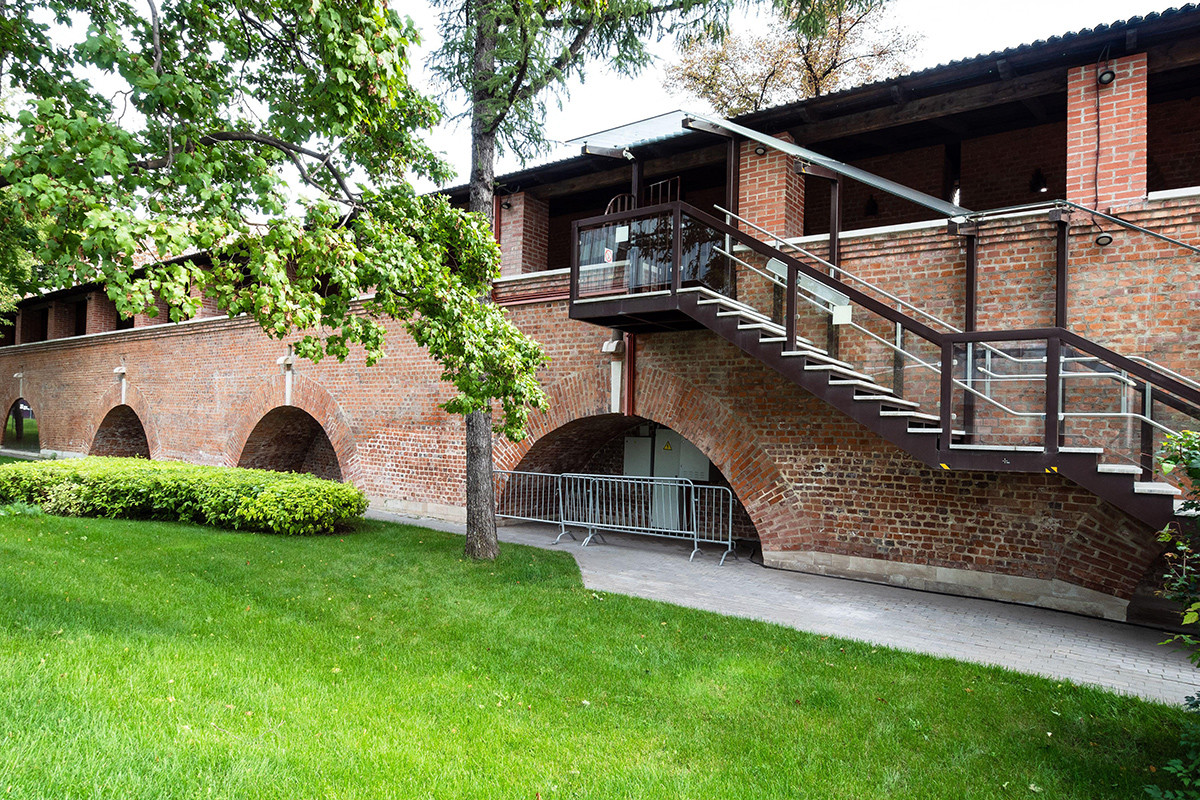
The restored part of the Kitay-gorod wall
Legion MediaIn the 1930s, it was demolished, although several sections of the wall have survived and were even restored in the 1990s and 2000s.
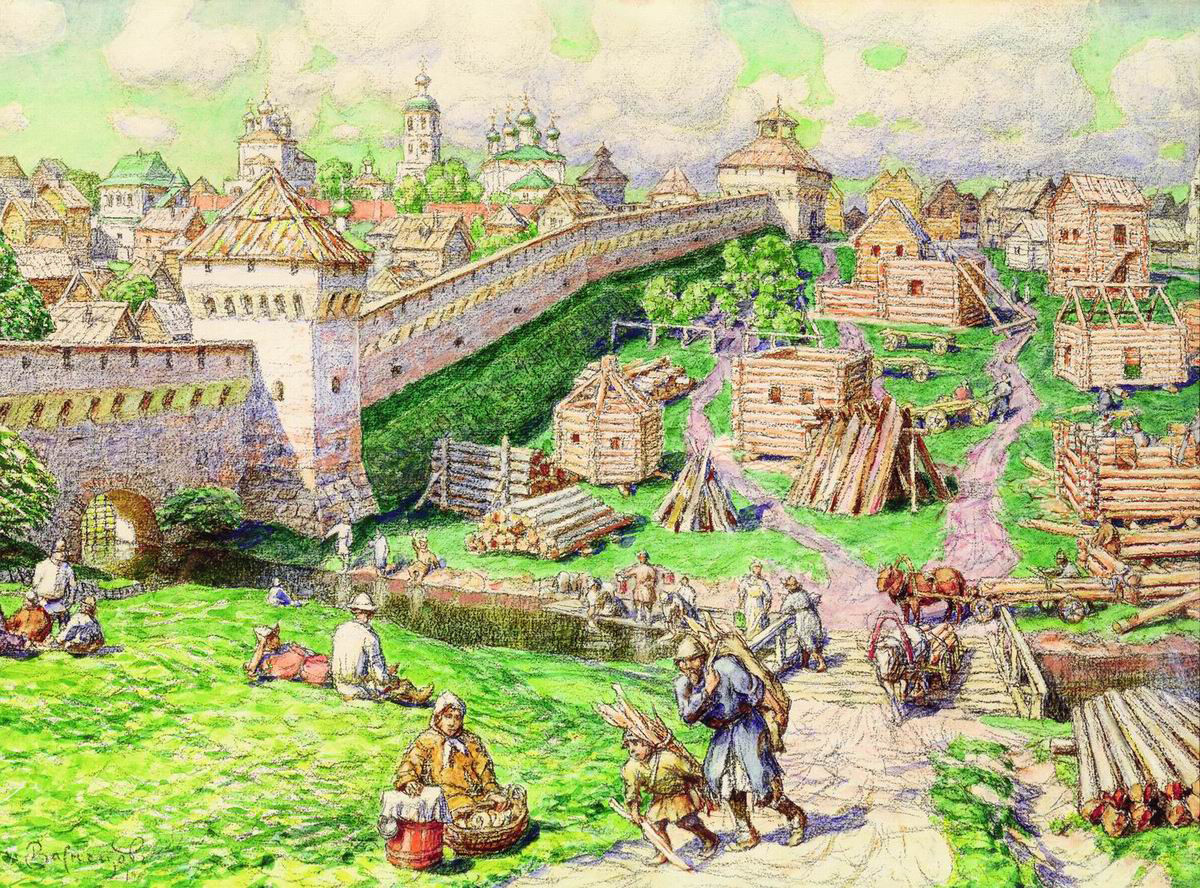
Apollinary Vasnetsov. Timber Market on Moscow's Truba Square in the 17th century, 1926
Museum of MoscowAnother fortified ring around Moscow was formed by the Bely Gorod (White City) wall, which was built around Kitay-gorod at the end of the 16th century. During the Time of Troubles the Bely Gorod wall was badly damaged and soon afterwards ceased to serve as reliable protection for the city. Townspeople began to dismantle it and use the stones to build houses.
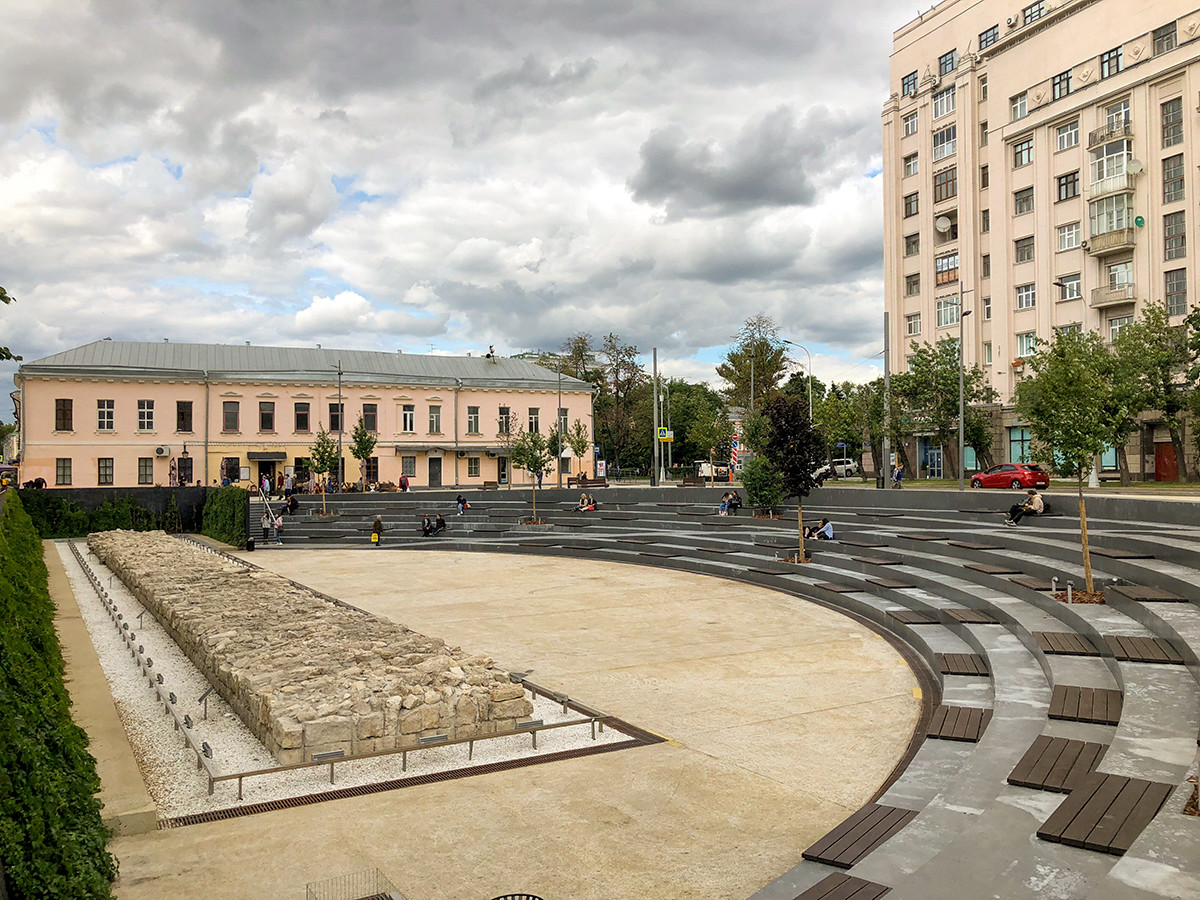
The Yama public space at the Khokhlovskaya Square in Moscow
Sergey Vedyashkin/Moskva AgencyAt the end of the 18th century, Catherine II ordered the wall to be demolished, and a road appeared in its place - today's Boulevard Ring. Remnants of the wall's foundations have survived in some places - for example, on Khokhlovskaya Square. One such section of the wall now forms part of a trendy public space known as Yama [the Pit].

Apollinary Vasnetsov. Old Serpukhov. The 17th century, 1920
Serpukhov Art MuseumMany Russian cities used to have kremlins (citadels) - the present-day Moscow Region alone still has about a dozen - but many kremlins haven't survived to our time. Thus, just a few fragments of the fortress wall and foundations remain of the Serpukhov kremlin built in the 14th century.
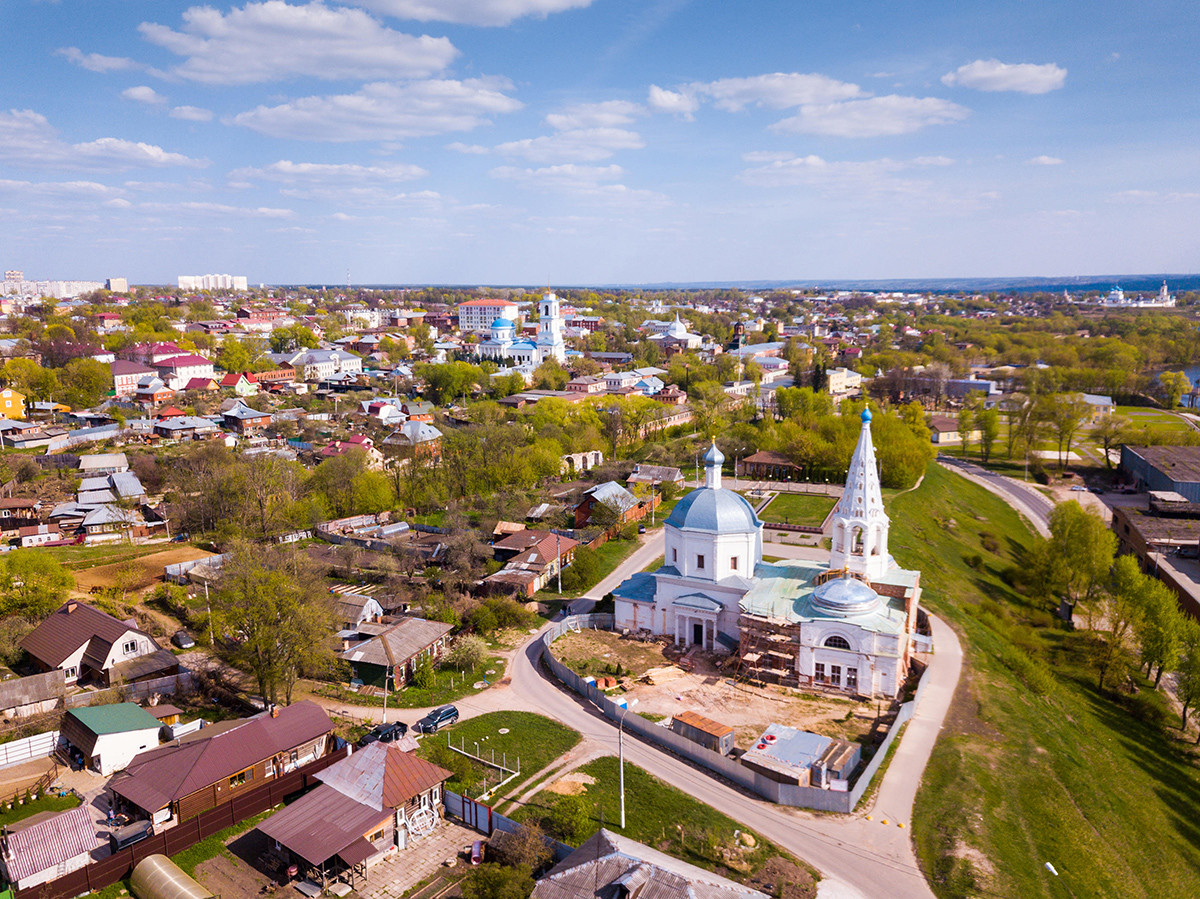
Sobornaya Gora in Serpukhov
Legion MediaIt was put up as an important defensive structure in the path of the Tatar-Mongols towards Moscow. In the middle of the 18th century, however, Serpukhov completely lost its military significance and the wall began to be dismantled, and, in the 1930s, what was left was used as building material for the Moscow Metro. Today the high hill on which the Serpukhov Kremin once stood is called Sobornaya Gora (Cathedral Hill).
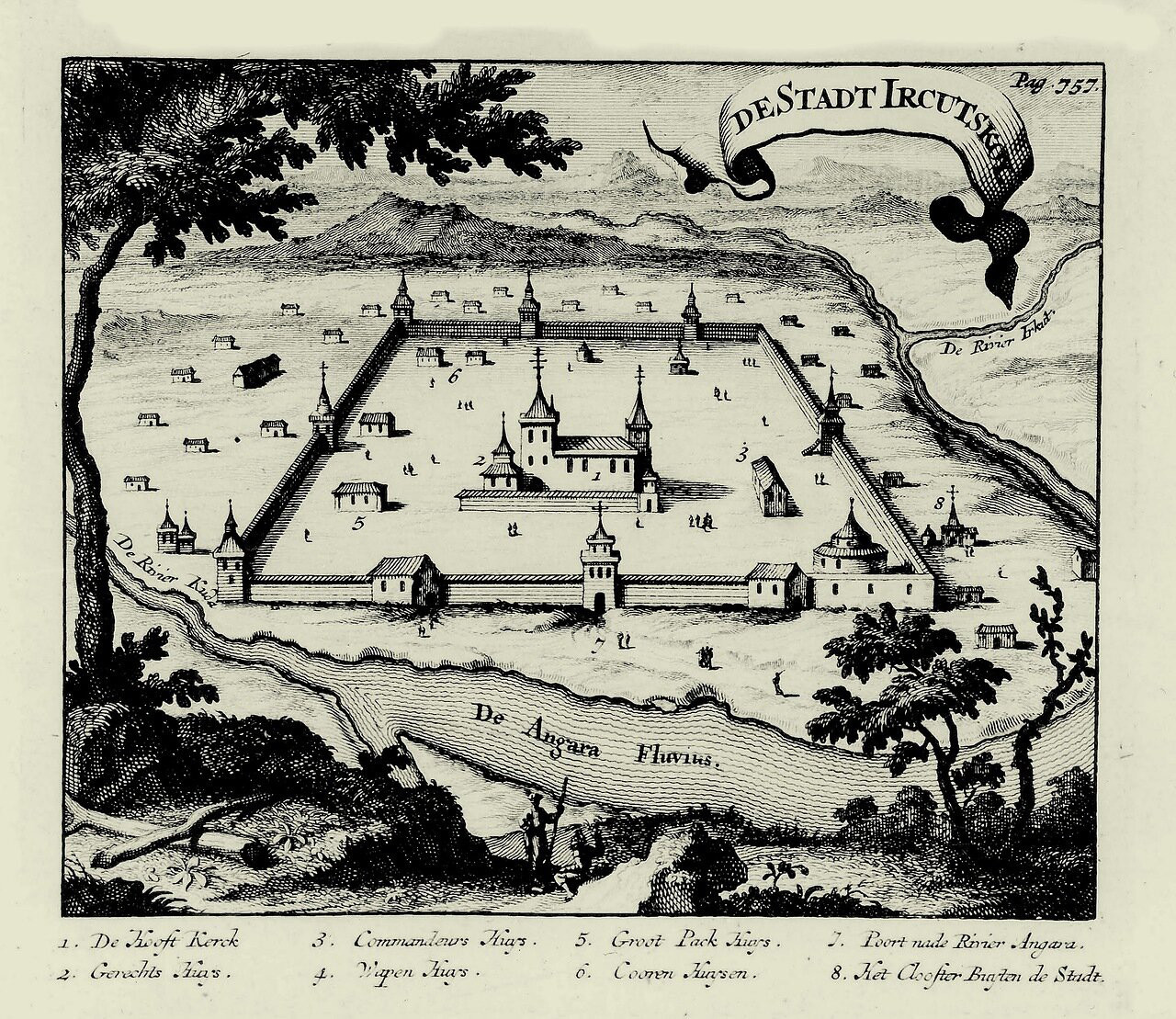
Nicolaes Witsen. The Irkutsk kremlin, 1692
Public domainIt would have been the easternmost kremlin in Russia had it survived to this day. But only one kremlin still stands in Siberia - in Tobolsk. A wooden fort was built on the Irkutsk site during Russia's conquest of Eastern Siberia and Irkutsk in the 17th century and later a kremlin was erected in its place.
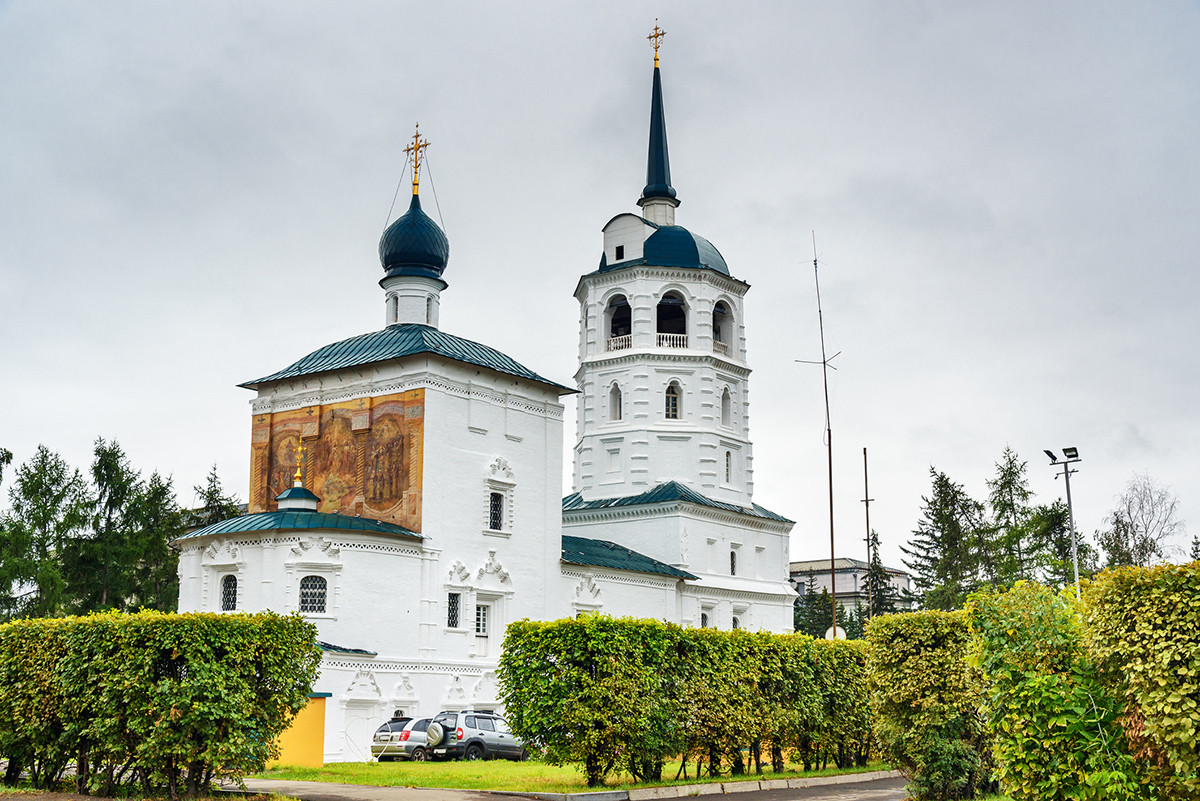
The Church of the Savior in Irkutsk
Legion MediaThroughout its history, it never once defended itself against anyone and, when Russia's borders expanded, the fortress completely lost its raison d'être; moreover, a major fire badly damaged its walls. A garden was laid out on the site of the former kremlin in the 19th century and the only reminder of it that still stands is the Church of the Savior, one of the city's oldest stone buildings.
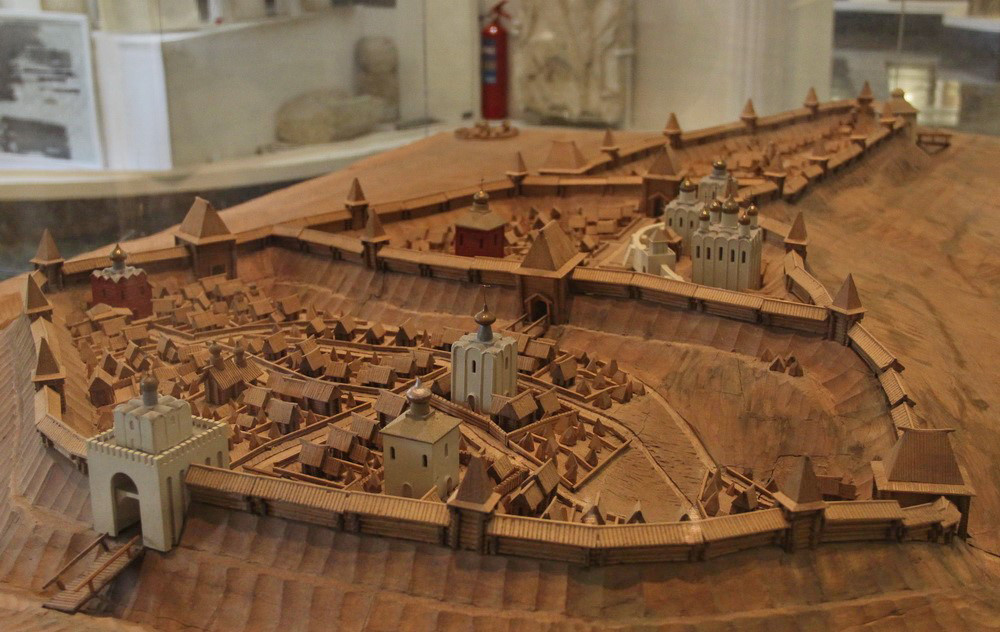
Old Vladimir model in the local Historical Museum
Voevoda (CC BY-SA 4.0)In the 12th-14th centuries, the city of Vladimir, 200 km (125 miles) from Moscow, was the capital of the most powerful Russian principality and aspired to become the capital of All Russia. A formidable fortification system with earth ramparts and several levels of fortified walls was built here in the 12th century. The wall was badly damaged during the Tatar-Mongol assault on the city in the 13th century. Later it was rebuilt but, as Moscow grew stronger, Vladimir lost its significance and gradually declined, while the wall crumbled and was eventually lost.
Some stone buildings dating back to the 12th century have survived to this day: the Cathedral of the Dormition and the Golden Gate of Vladimir.
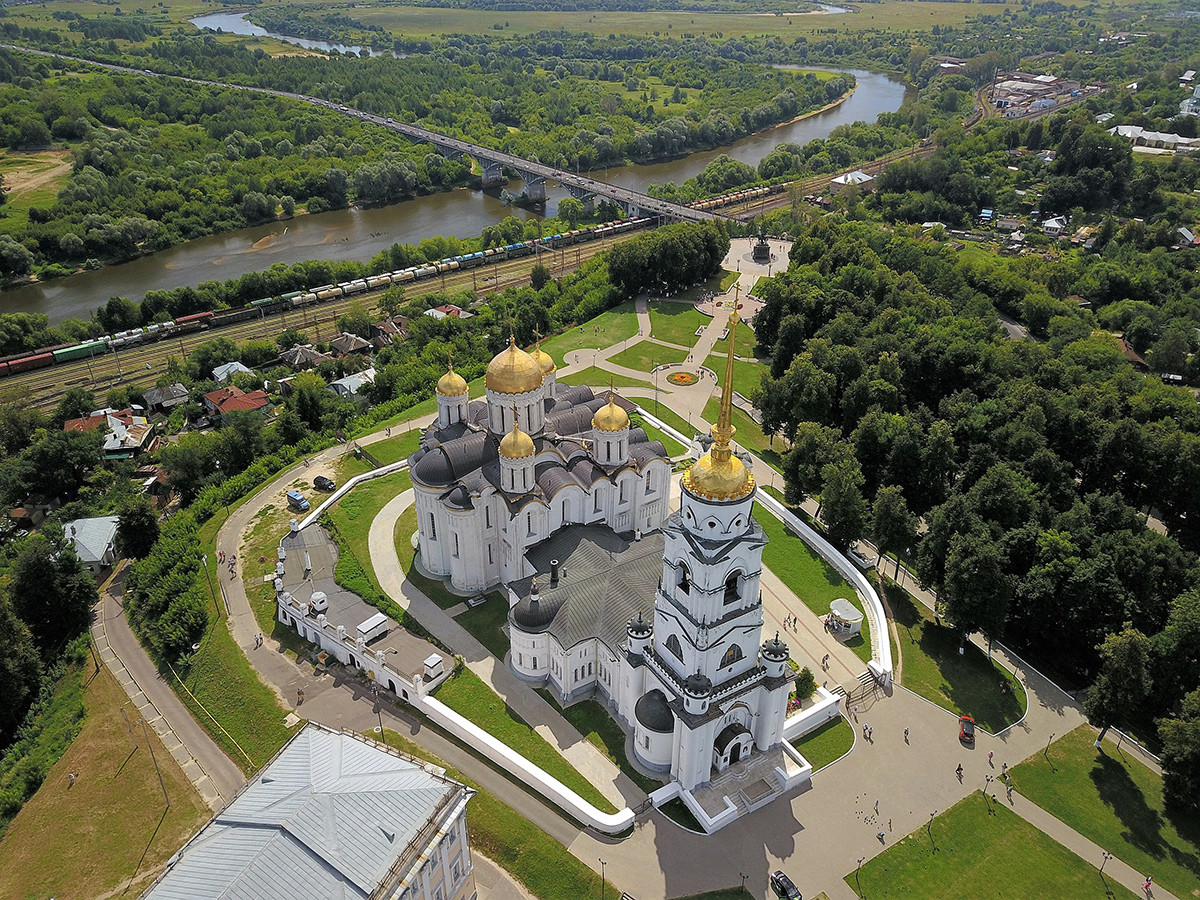
The Dormition Cathedral in Vladimir
Mikhey77777 (CC BY-SA 4.0)According to legend, a carriage carrying Catherine II got stuck in a puddle when entering Vladimir via the Golden Gate in 1767; the angry Empress ordered the ancient earth ramparts to be levelled to make it possible to go round the gate. A fragment of one of the ramparts can be seen left in this photo.

The Golden Gates in Vladimir
Legion Media
O. Kosvintsev. The Yam Fortress, The 15th century, 2004
Kingisepp historical museumToday it is the town of Kingisepp in Leningrad Region, but in the 14th century the Novgorod Republic built a fort on the bank of the River Luga to protect the republic from the Livonian Order. Constructed in record time - 33 days - the Yam Fortress withstood all of its many sieges.
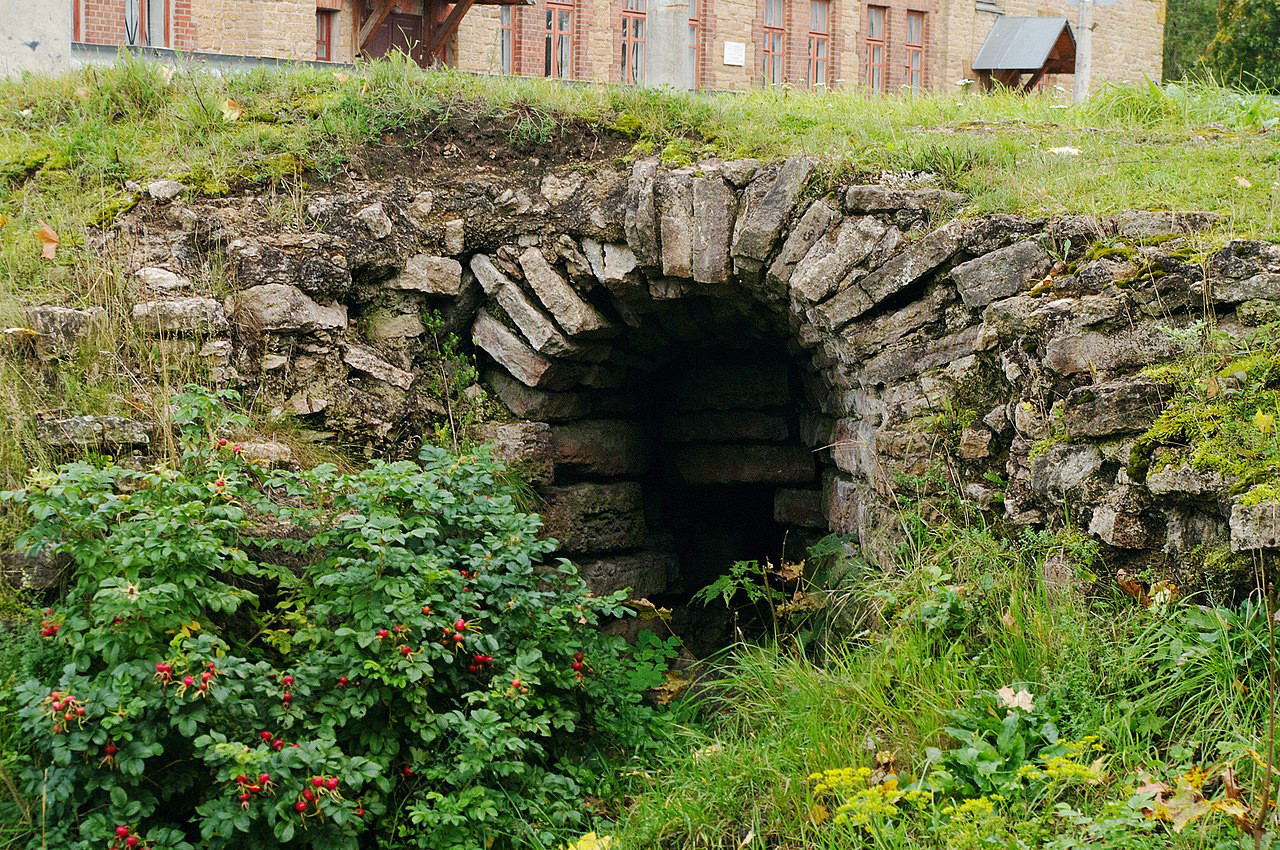
The remains of a tower
Dmitry Kudryashov (CC BY-SA 4.0)Then it was rebuilt. It was captured by the Swedes who rebuilt it again and, finally, in 1703, it was recaptured by Peter the Great. The danger posed by the Swedes passed and the fortress was dismantled.

The remains of the wall
Ekaterina Borisova (CC BY-SA 4.0)Nowadays there is a park where the fortress once stood, including a large archeological site with remnants of the walls built in different centuries.

The Ostrov fort, the late 19th century
Public domainOn the western border of Ancient Russia, in the Pskov Region, there were a large number of defensive forts built to defend against attacks by the Livonian Order. One of them - the Izborsk Fortress - withstood several sieges by the knights, but has survived to this day.
The fort in the town of Ostrov was less fortunate, however. It was badly damaged by the army of Polish King Stefan Batory at the end of the 16th century. After that the town fell into decay and there was no need to rebuild its fortifications. In the 17th century the fortress almost completely fell into ruin. During World War II, Ostrov was occupied by the Nazis who destroyed what still remained of the old buildings.
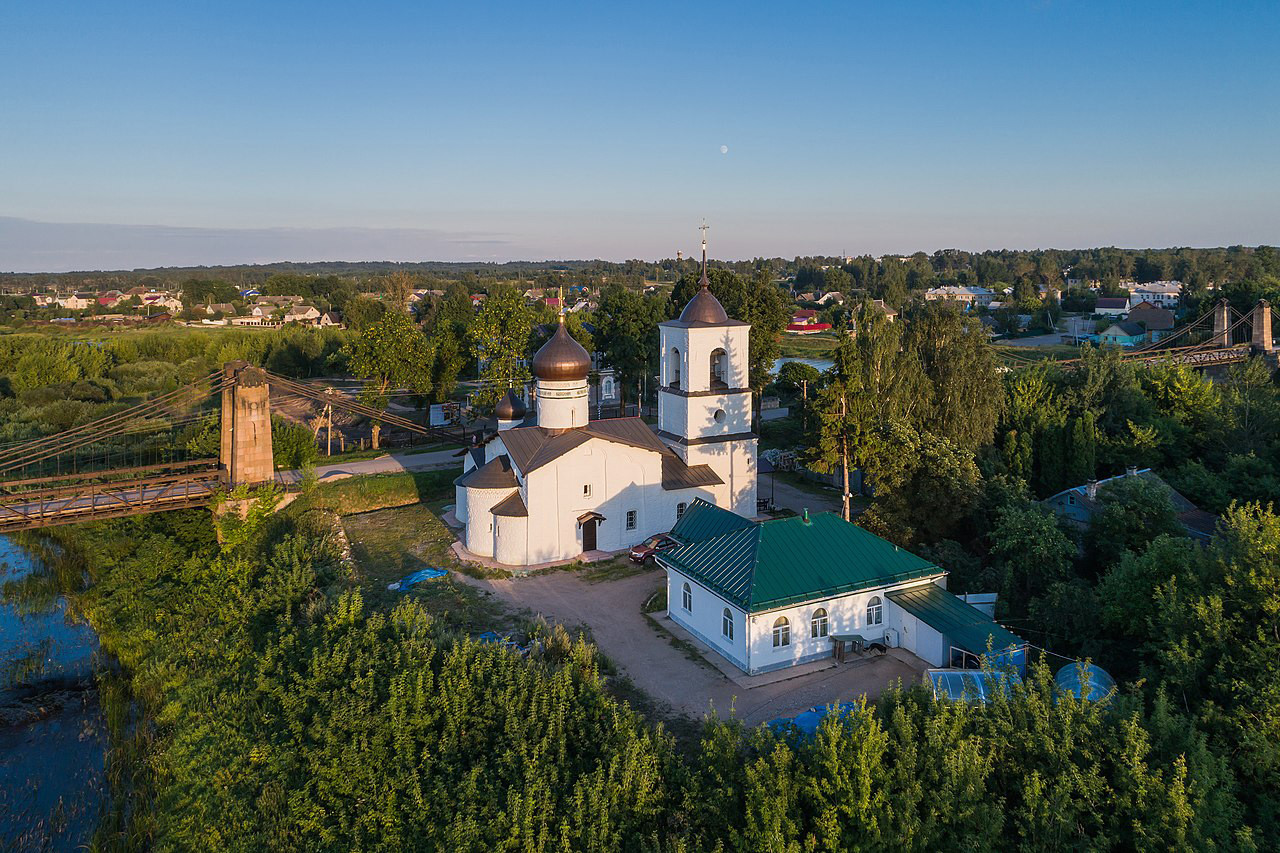
St. Nicholas the Wonderworker Church
A.Savin/WikiCommonsNowadays only one stone church - the Church of St. Nicholas the Wonderworker (built in 1542) - is all that remains of the Ostrov Fortress.
If using any of Russia Beyond's content, partly or in full, always provide an active hyperlink to the original material.
Subscribe
to our newsletter!
Get the week's best stories straight to your inbox